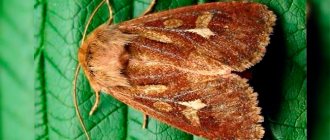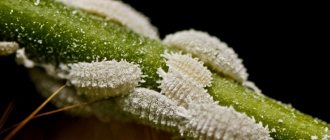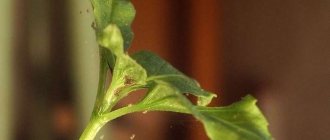Home / Pests and diseases
Back to
Published: 27.02.2019
Reading time: 6 minutes
0
466
Scoops do not live except at the poles. They can be seen in all climatic zones of the Earth, including tundra or deserts. In nature, there are about 35 thousand species and varieties. The name is associated with a bird and initially evokes positive emotions. So, the white-faced scoop is a feathered predator, there is also a collar, a scops owl - they are interesting to nature lovers. African, North American, West American - these are also birds! But the insect destroys crops.
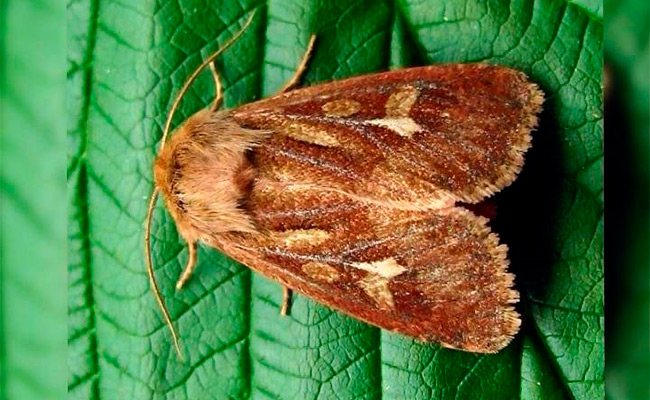
All species of this insect are pests for the plant world. So, the cotton scoop easily settles on tomatoes or corn. A smart pea will not disappear among the weeds. There are types of meadow, grain, alfalfa ... The most harmful are the so-called gnawing scoops.
Have questions? Ask and get useful advice from professional gardeners and experienced summer residents. Ask a question >>
- 1 General information on gnawing scoops 1.1 Winter scoops
- 1.2 Garden scoop
- 1.3 Cabbage scoop
Gnawing scoops - varieties
Scoops are nocturnal insects, always flying towards the light, whether it be a phone screen or a lamp on the veranda. Acquaintance with the enemy Any butterfly from the Lepidoptera family is an insect that feeds on almost everything, and often its diet consists of a variety of plants.
They are different: large and small, gray, brown, even brown. In appearance, they are unremarkable. Their wings are narrow, patterned. The front wings are longer than the rear ones. This feature is typical for any type of scoop. Because of the peculiar pattern on the wings, they got their name. It is quite clear, consists of straight and winding lines. Also, rings and circles may be present there. The front wings are darker than the rear ones and have a grayish-brownish tint. But, in addition to the gray tint, there may be red or blue spots on the hind wings.
Nightgirls
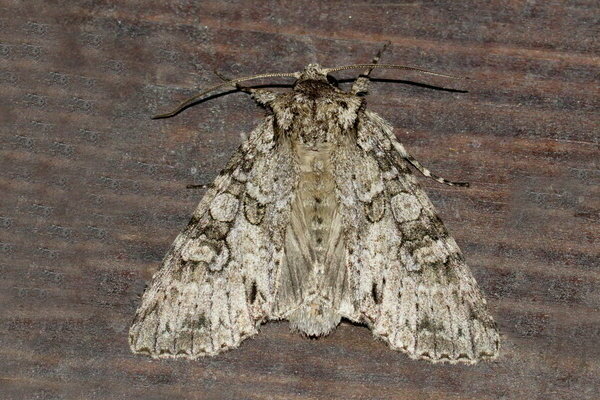

This is also the name of this type of butterflies, they fly out to "hunt" in the evening or at night, which is clear from the name. It is practically impossible to see them during the day. During the daytime, they sleep, attached to the back of the plant leaf. That is why you should check the flower before picking it from the garden. Adult caterpillars live underground, feeding on roots and vegetables, nibbling them superficially.
Winter scoop
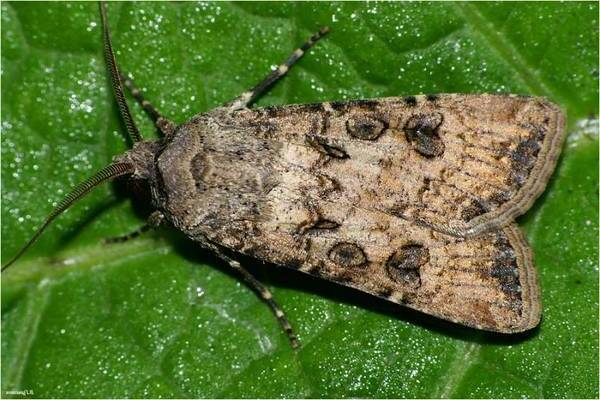

It lives almost everywhere. The only exceptions are the north and especially arid regions; however, some individuals can be found there as well. It can be found in many regions. She lives throughout the European part of the country, and people in the North Caucasus and in the Urals also suffer from her "raids". However, the geography of the spread of the parasite does not end there. It can be found in the Far East, in the south of Siberia. As you can see, this type of parasite butterfly is widespread in Russia and abroad. The wingspan of the insect is 35-50 mm. Their color can vary from shades of yellow to dark gray. As a rule, the color spectrum of the wings of this insect contains all shades of gray and brown. Dark lines cross them across. There are usually four of them.
Caterpillars are especially tenacious and can survive severe frosts in winter.They survive at a depth of 15–30 cm. As soon as the spring sun begins to warm up the earth a little after a cold winter, the caterpillars move to the surface of the earth, where they build peculiar caves and pupate in the same place. Pupae live underground for about a month, where they gain strength and grow. Their cover takes on a reddish-brown hue; at the end of the pupa there are two spines, about 20 mm long. For years, butterflies gather at the end of May and stay there almost until the end of July. The winter moth behaves most actively at night. ,
A cluster of butterflies can be detected by pheromone traps; in the absence of an opportunity to create such a trap, using molasses fermenting in a bowl. It must be installed about 20 cm above the ground. To do this, it is necessary to mix molasses and water in a container in proportions of 3: 1, add the same fermented yeast in an amount of 50 g / liter of water. As soon as the butterflies leave the cave shelters, they go to the nearest green area for reinforcements. There they spend several days, reinforced by immature sprouts and the first fruits. ,
However, their main goal is not to reduce hunger, but to find a cozy shelter for breeding a new generation. Any plant is perfect for this purpose. The butterfly of this species is very fruitful.
For those who actively look after their garden, a very crucial moment comes, which cannot be missed. It is necessary to disinfect and treat the sprouts with drugs in order to prevent a further "raid" on the garden of already ripe butterflies. If the moment is missed, then it will be too late. Getting rid of these parasites is not easy. Grown caterpillars crawl into the upper layers of the earth, closer to the surface, where they live, crawling out at night to feed.
The first generation begins its malicious activity in June. With the onset of warmth, until the beginning of autumn, the parasite years begins. Gnawing moths lay eggs on cultivated plants so that the larvae, just born, have something to eat, grow and gain strength. They apply to crops sown on the eve of winter, laying eggs in the soil where the grain was previously sown. Given the fact that the larvae can easily tolerate the cold, it is highly probable that all crops will be infected by the spring.
Exclamation scoop


A small butterfly with gray and brownish wings. Their wingspan reaches only 30–40 mm. On the wings, closer to the elongated body, there is a pattern of an exclamation mark, which served as a key point in choosing a name for this species. Caterpillars develop according to the principle of the winter scoop. They gladly eat cabbage and carrots, as, in principle, any pests of this type.
Garden scoop


A common representative of butterflies. They are omnivorous, feed on cultivated plants and their fruits. Of the favorite delicacies are nightshade crops. Moreover, they are able to eat tomatoes on an open surface, in the garden and in greenhouses. Adult caterpillars eat the leaves and pulp of fruits, gnawing tunnels there. Small caterpillars prefer to chew on the soft layer of the leaf.
Cabbage scoop


A dangerous and common pest from the group of gnawing scoops. The butterfly's wingspan is 50 mm. Females lay dark gray semi-globular eggs. To preserve them, they attach them to the seamy side of sunflower, lettuce, beet and pea leaves. However, the favorite treat is cabbage. After about two weeks, the green parasites spread out, eating the flesh of the leaves, and after they grow up, they begin to gnaw holes of various shapes. Minus the vital activity of insects in their manner of eating fruit without damaging the shell. It would seem that you are plucking an absolutely whole, beautiful, ruddy head of cabbage. Nothing bodes well for trouble.You bring the cabbage home, cut it, and inside there are incomprehensible black traces and an unpleasant smell. Caterpillars were involved.
Development features
In spring, adults start flying and mating... During this period, adults require enhanced nutrition, which is possible only with suitable flowering plants.
After that, the female begins to lay eggs every day and continues the entire period of her life. Caterpillars begin to appear within a week... They are distinguished by night activity and strong gluttony.
After going through all the generations, spring caterpillar pupates in summerhiding under leaves or in the ground. After a while, an adult butterfly emerges from the pupa.
Over the summer, 1 or several generations of pests may appear, depending on the characteristics of the species and weather conditions.
Optimal conditions for development.
All types of scoops prefer warm weather, the most suitable temperature ranges from 21-28 °. A decrease in it to at least 17-18 ° causes a decline in the activity of all life processes, underdevelopment of the products of the reproductive system occurs in butterflies, and fertility decreases greatly.
Many species, moreover, able to exist only under conditions of high humidity - not less than 80%. With optimal criteria, huge populations of the pest develop.
During wintering the most favorable conditions there is a mild winter without severe frosts and a thick layer of snow during the entire cold period.
How many lives?
The full life cycle of the scoop takes about 50-70 days. in the presence of favorable climatic conditions. A decrease in temperature slows down normal growth and increases development time.
Eggs develop in 4-10 days, the caterpillar goes through 5-6 generations and up to 5 molts, this process takes on average 14-19 days.
Then the larva pupates and develops underground for about 14-16 days.
The lifespan of an adult after leaving the pupa lasts from 12 to 25 days.
Gnawing scoop - control measures and prevention
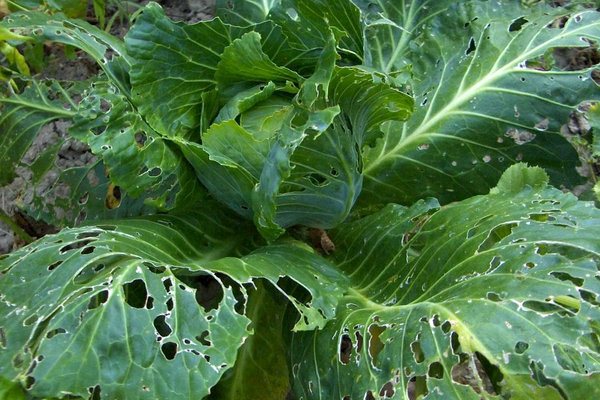

To prevent possible damage caused by gnawing shovels, carefully follow these guidelines:
1. Vigorously destroy any weeds in vegetable gardens and paths in the garden, especially flowering ones. It is on them that butterflies are often attached for the purpose of food for the coming weeks.
2. Process the soil regularly between the rows of the beds, dig it up especially during the period when the butterflies hatch new offspring, because we remember that some individuals can lay up to a thousand eggs.
3. To catch butterflies of this species, put bowls of water mixed with jam, honey or beer in the gardens. Remember, gnawing scoops are a sweet tooth and will happily fly to containers, focusing on the smell and not knowing about the danger. Change the contents of the bowls periodically in order to catch more butterflies.
4. Treat any plantings with wormwood tincture. However, only wormwood, which blooms, will do. The smell of blooming wormwood perfectly repels pests. For cooking, you will need to mix 0.3 kg. raw materials, add a glass of ash and a tablespoon of liquid soap. Pour the resulting mixture with 10 liters. boiling water, cover and leave for five hours. Let it brew. As soon as the infusion has cooled, spray the garden.
5. If necessary, you can use a very effective and absolutely harmless method for removing pest butterflies from the garden. Trichograms, a natural enemy, a kind of biological weapon against butterflies, which eats larvae.
6. For this type of caterpillar, preparations containing chemicals are also effective: Decis, 2.5% q. - 2 ml for ten liters of water; Arrivo, 25% c.e. ten liters of water; Sherpa, 25% c.e. - 1.5 ml for ten liters of water. These drugs against parasites should be used only as described in the instructions.With drugs of this kind, make sure that they do not fall on other beds; they will damage the microflora of seedlings that are not affected by the parasitic butterfly. Be sure to follow the instructions. In no case should you violate the number of days, wait for the required time after processing and start collecting fruits.
7. In order to destroy the pupae by the next summer, it is necessary to deeply and thoroughly dig up the soil in late autumn after harvest. If larvae are found, they need to be crushed, so they will not fall into suspended animation and will not survive the next winter.
Larva (caterpillar)
What does it look like?
It has an elongated thick body, most often naked, less often covered with sparse hairs. They can be spread evenly all over the body. or group together in small heaps.
The main color is green, gray, yellow or chestnut, with a purple and pink tint. Pattern typical for the scoop family, it includes a longitudinal light stripe running along the back, and thinner and darker stripes on the sides.
Photo scoop larvae.
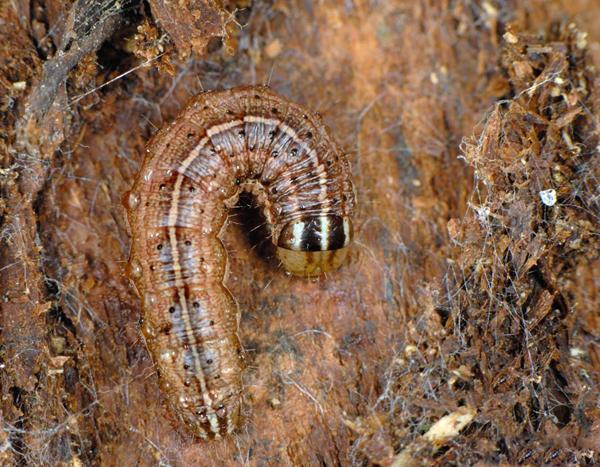

The larvae have pectoral legs (3 pairs), abdominal legs (3-5 pairs) and false legs (4 pairs). The youngest and oldest caterpillars often lack abdominal legs or are underdeveloped.
Development stages.
In the process of growth, the caterpillars of the scoop molt from 3 to 5 times, depending on the species and habitat conditions. They go through 5 or 6 generations. The larvae of the first two instars are considered young., adults - the last two. In many species of scoops, it is the adult larvae that hide for the winter, which, after emerging, severely damage the young shoots, seeds and buds of fodder plants.
Caterpillars scoop photo.


The stages of development are not very different externally., only the proportions of the body and head change. The initially large head shrinks and the body stretches. The color remains largely unchanged.
Gnawing scoop photo
What does it eat?
During the summer and mating period, the imago feeds on pollen from flowering plants.without causing the slightest damage to them. The scoop and its caterpillars pose a serious problem, eating parts of the ground and killing plants.
The scoop caterpillars are divided into three categories:
- Intra-stem - settle in thick stems and feed on their contents, causing the death of the entire plant.
- Gnawers - live in the ground, gnaw the roots and root parts.
- Leaf-eating - live on plants, eating up all the green mass - leaves, young stems and shoots, buds and inflorescences. Most of the scoop representatives belong to this category.
Butterfly scoop photo.


What plants does it damage?
The scoop family consists almost entirely of polyphages. The scoop is classified as a pest of cereals, vegetables, ornamental, fruit pomes and stone fruits., technical, legumes, crucifers, oilseeds, berries, conifers, greenhouse crops, greenhouse crops, vines, perennial grasses, lawns, nurseries and meadows.
In general, we can say that the percentage of plants that do not attract moth caterpillars is very insignificant.
Barn owl.


The specks on the head and chest of the barn owl are not only decorative. The more spots a female has, the more resistant she is to parasites and the more attractive to males. It is the ideal nocturnal predator with supernaturally keen hearing and the ability to see prey in the near absence of light.
Harvest fighters
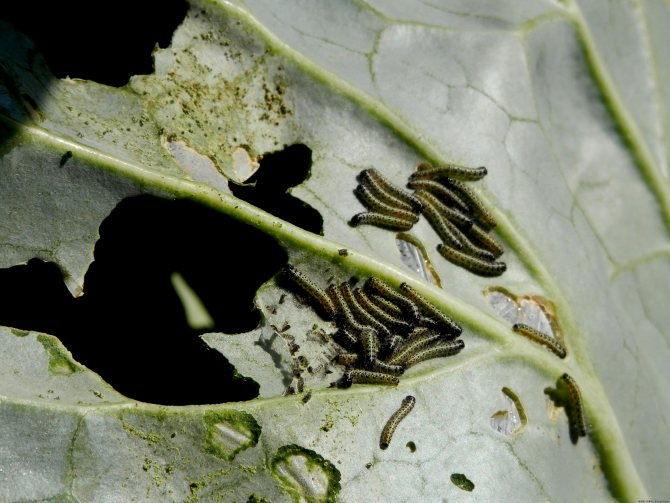

The appeared caterpillars live on the underside of the leaves for the first days and feed on weeds. Having matured, they start their main activities.
Ground-dwelling moth caterpillars are the most harmful stage. They are usually covered with bristles and are green, yellowish, gray and brown in color. On the body there is a pronounced pattern of stripes. Adults have six thoracic and 8-10 abdominal legs, while younger caterpillars do not have them, or they are underdeveloped.
Insecticides: preparations for the control of harmful insects
They are especially active at night. There are intra-stem, gnawing and leaf-gnawing individuals. Harm deciduous trees, shrubs, herbaceous plants, flowers, berries, agricultural and garden crops. Some feed on fallen leaves, lichens and mosses. There are caterpillars that feed on the same pests as they are: scale insects and worms. Also found in granaries.
They are very voracious, and the harm they cause is incomparable. If you do not take measures to destroy them, then they may well destroy the entire crop. Eating leaves, fruits and flowers, they cause them severe damage or destroy them completely. So, one individual is capable of making a whole bed of root crops unusable in a day. They are very fond of eating sunflower, corn, grapes, tobacco, winter crops and seedlings.
Caterpillars pupate at the end of June. Winter is spent deep underground.
Long-eared owl.


The long-eared owl often becomes the prey of other birds of prey, including the Virginia eagle owl and the Great Owl. Sensing a threat, the long-eared owl fluffs up its feathers and stretches along the line to appear larger. She can also sway from side to side, pretend to be wounded and jump around the nest, uttering shrill screams - all these are also ways to outwit the predator.


